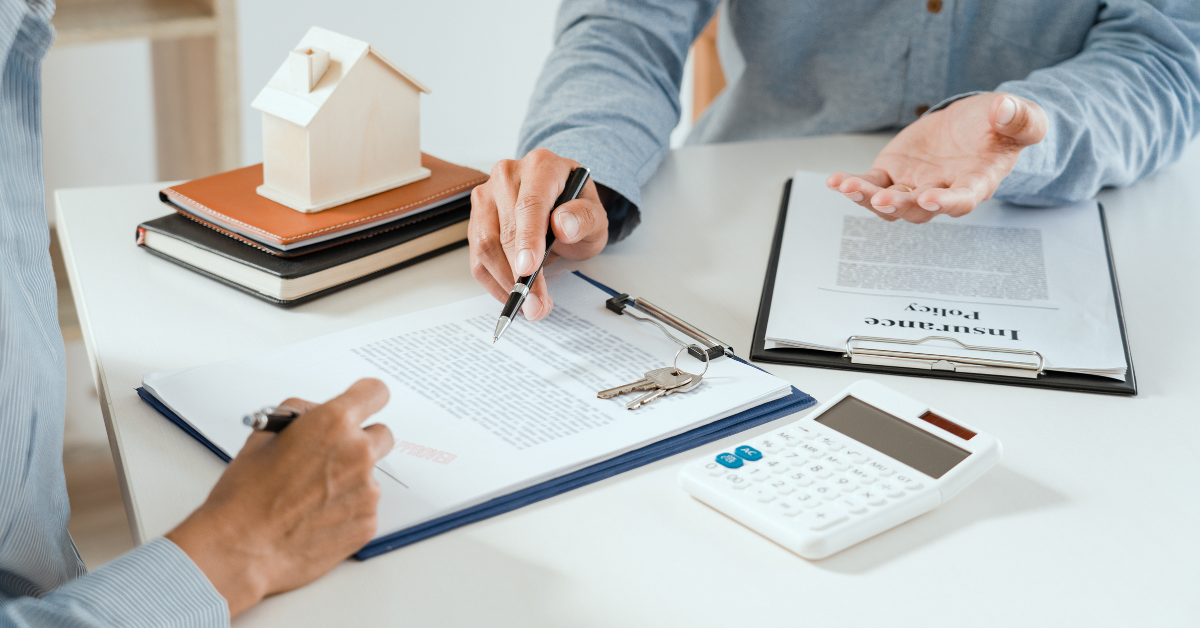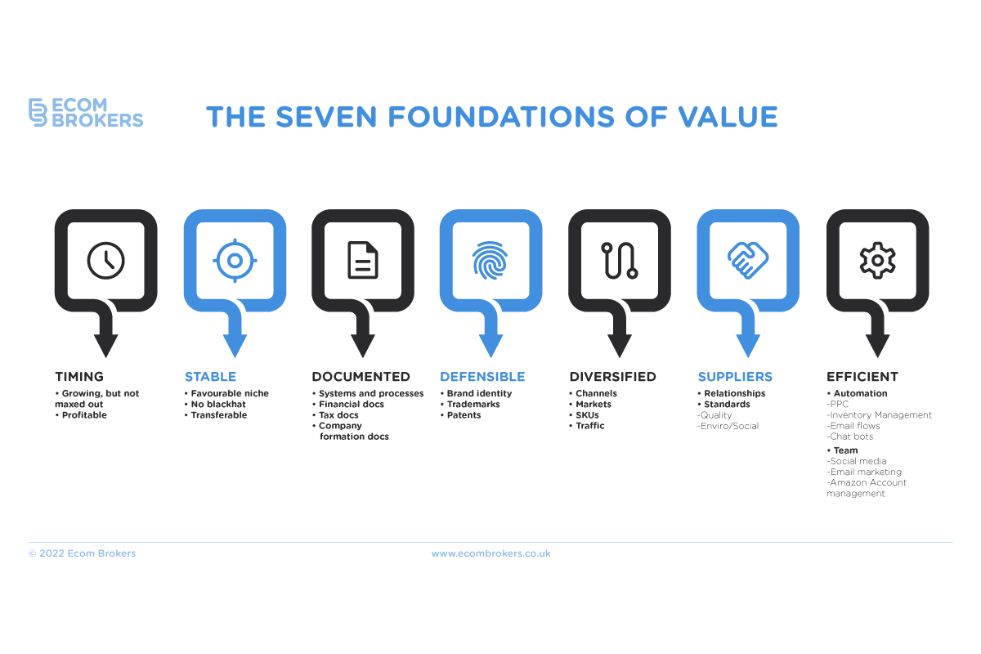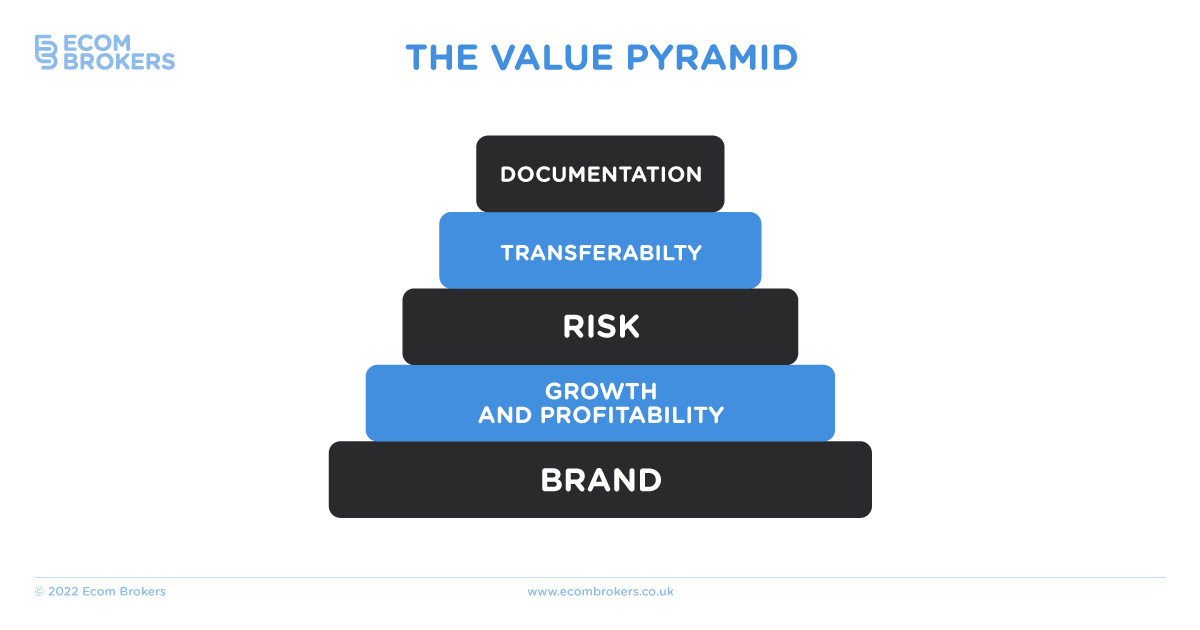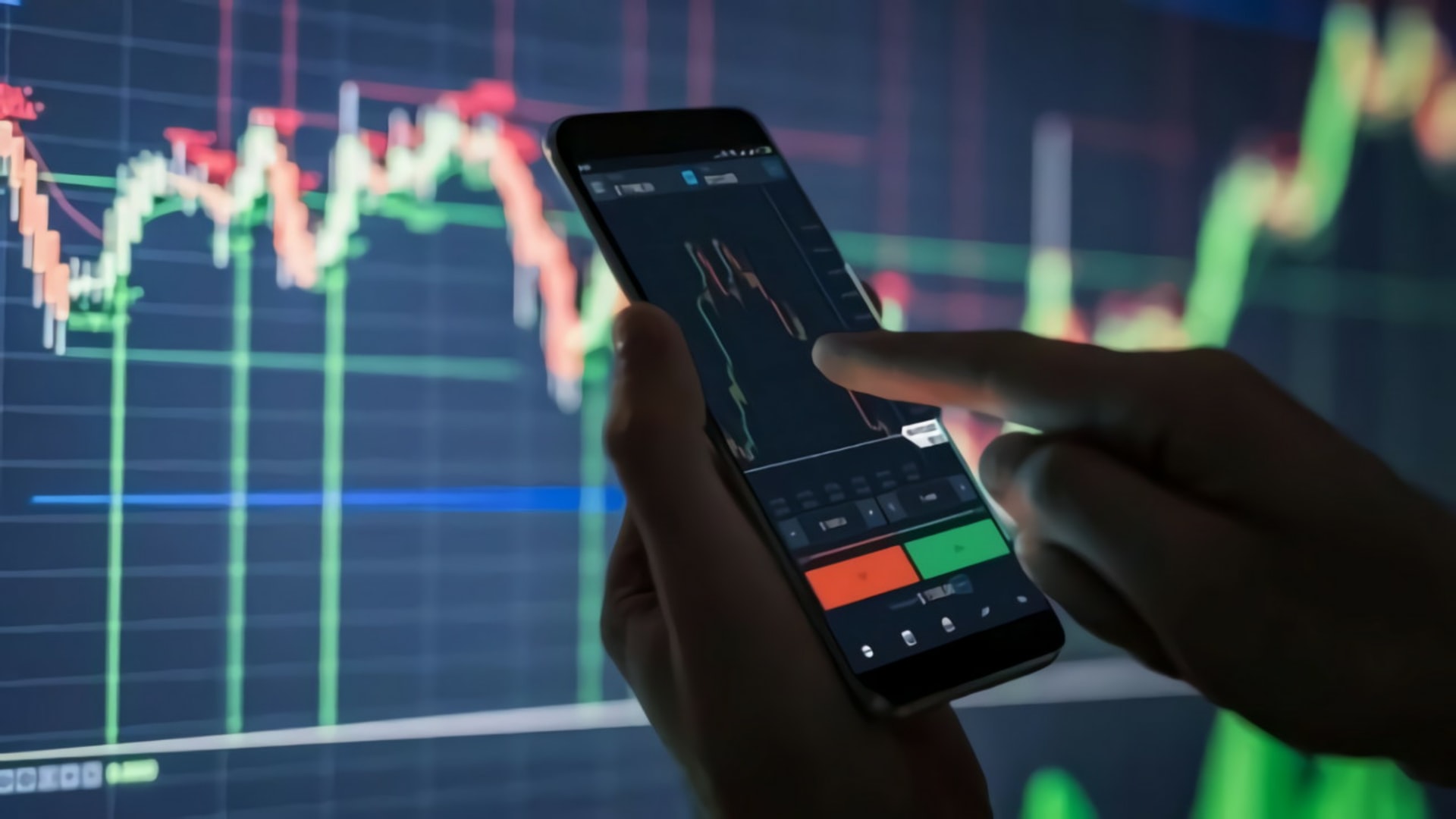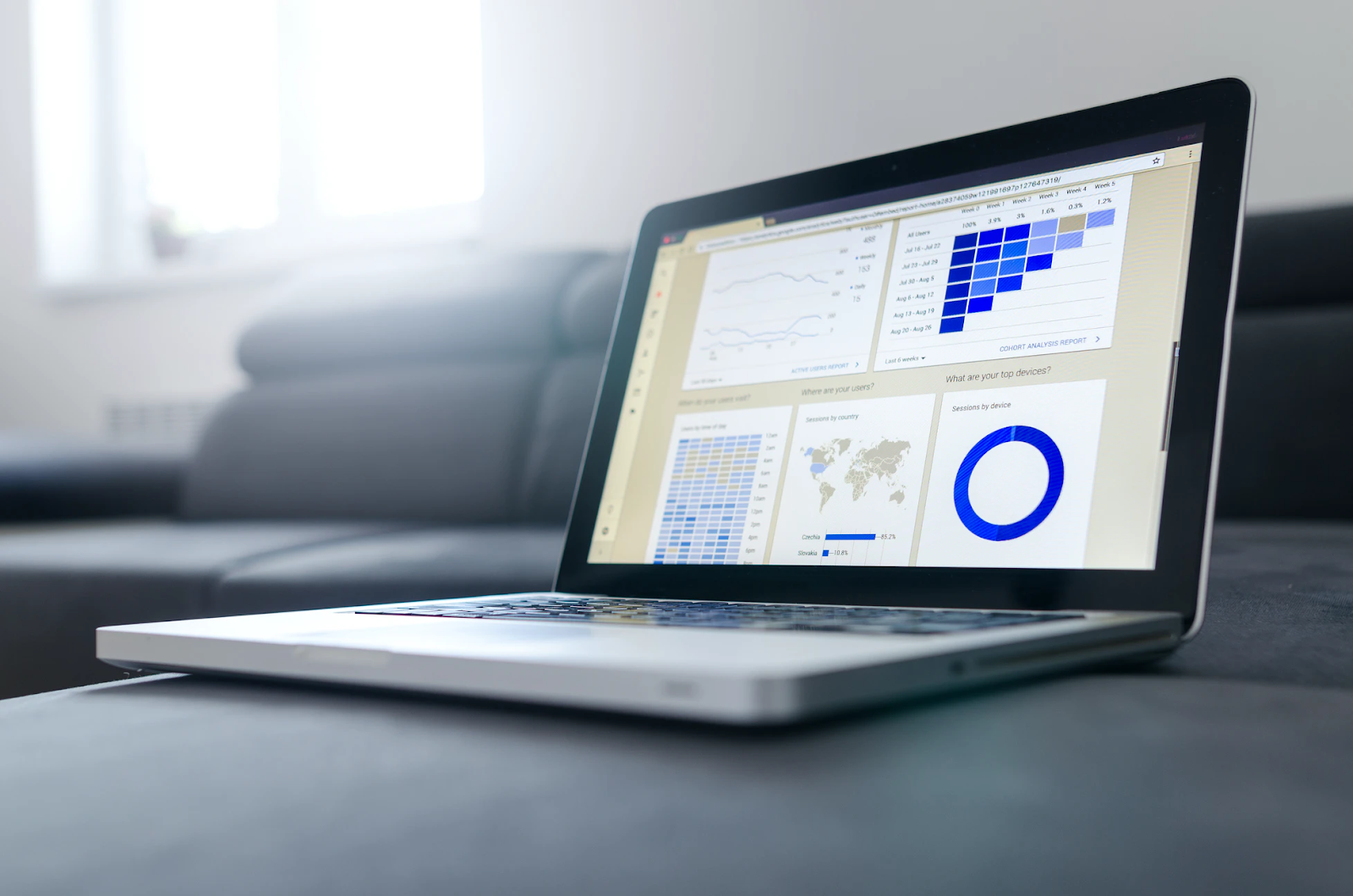
How Is An Amazon FBA or eCommerce Business Valued?
Looking to learn how an Amazon FBA or eCommerce business is valued?
This article is here to help you understand how an online business is valued so that YOU can start preparing for the sale of your store. Not just that, but you’ll also learn how to maximize your store’s value so that you get even more money for it.
Without further ado, let’s get right to it.
3 Docs Your Need For Accurate Valuation
Pricing up an Amazon FBA business is all about numbers such as net and gross income.
But it’s not good enough that you just throw numbers at people – you have to verify them.
And the best way to verify them is with proper documentation.
Here are the 3 docs you need:
- Balance sheet
- Profit and loss statement
- Tax returns for the last 3 years (if possible)
These essential documents will make it a LOT easier for any broker you work with to determine your net and gross income. They will also be able to crunch other numbers to help any potential buyers understand more about your business.
Do My Docs Need To Show a Lot of Profit?
I think we can all agree that one of the best things about being an entrepreneur is that we get to reduce taxable income. Indeed, a lot of expenses are tax-deductible to us. As a result, we have lower taxable income.
However, you have to look at it like this: While that $5,000 charitable donation you made was deductible from your FBA operation, the next business owner who takes over your business won’t incur that specific expense. As such, it works for YOU – not them. Your broker then needs to recast the financials so that those personal expenses are identified and added back to your businesses profit. This is done with the aim of showing any potential buyer the REAL profit they can expect.
What other add-backs can a broker add? Things like interest, depreciation, charitable contributions (such as your $5,000 donation), federal and state taxes, amortisation and one time expenses.
Plus, of course, your salary.
A broker recasts your financials to calculate your SDE (Seller Discretionary Earnings), revealing the true value of your company.
To calculate your SDE, a broker takes a look at your annual profits, which in our example are $25,000. Naturally, you must pay taxes on that amount. We also have to take into consideration your salary ($45,000), interest ($5,700), one-time expenses ($5,000), depreciation ($2,000) and owner benefits, including travel ($10,000)>
Your broker then adds together your add-backs plus the reported net profit. The figure is crucial to understanding your business’s true valuation.
What If I Don’t Have The Relevant Docs?
That’s fine – for now. The good news is that brokers will be used to entrepreneurs who haven’t got everything in order. However, if you want to boost the value of your business and get a good price for it, you will need to compile your financials at some point. You can, of course, work alongside your broker.
How To Calculate Your FBA Business’ Valuation
When you get your SDE – let’s say it’s $92,700 for the sake of this example – you then need to multiply it by a standard market multiplier. Whoever your broken is will know the relevant market multiple when you list your business. They will – among other things – average the multiples of the last 20 transactions of relevant business sales and use this as an expected multiple for your FBA business.
Let’s say the average multiple is 3.26. If so, your broker begins with that number before sliding the multiple up or down according to your business’s particular strengths and weaknesses. Next, they’ll grab your $92,700 and multiple it by your custom multiple. But they’ll also add on your inventory’s value for a plausible sales range and market valuation.
Let’s use an example.
On the assumption that your SDE is $92,700, the market multiple is 3.14 and your current inventory is worth $150,000, we can say that a plausible market valuation of your FBA or eCommerce business is just over $441,000.
As such, we’d then say that your sales range is between $400,000 and $450,000.
How To Increase The Value Of Your Business
We wrote a whole piece about selling your ecommerce business for big money here. But let’s briefly go over things now.
Firstly, it’s really important – as we said earlier – that you get your financials in order. What you want are clean financials that allow any broker (and potential buyer) to easily identify your expenses. This will allow them to prove your SDE.
You should also automate as much of your business as you can. Automated FBA businesses and eCommerce stores are a lot less hard work. Therefore, they’re more attractive to buyers.
You can automate your purchase orders, your PPC campaigns and your pricing strategy. You can also automated the way you prep orders for your fulfilment centres.
You should also take the time to make sure your Amazon business or online store is stable. This means reducing bad risk, proving clear avenues of growth, boosting transferability and – as mentioned – getting the relevant documentation in order.
Naturally, all of this means nothing if you haven’t sorted out the one golden thing that will elevate your business’s value: Profit. You must make a profit every year in order for your FBA business to be worth a lot of money.
Conclusion
Now that you know how an Amazon FBA or ecommerce business is valued, you can figure out how much your own company is worth. Then, if you find that it’s lower than you expected, there are a few things you can do to boost its value before putting it on the market.
Ready to sell your business for the best possible price? Click below to get started. No obligation, no hard sell. Just solid, professional advice.

